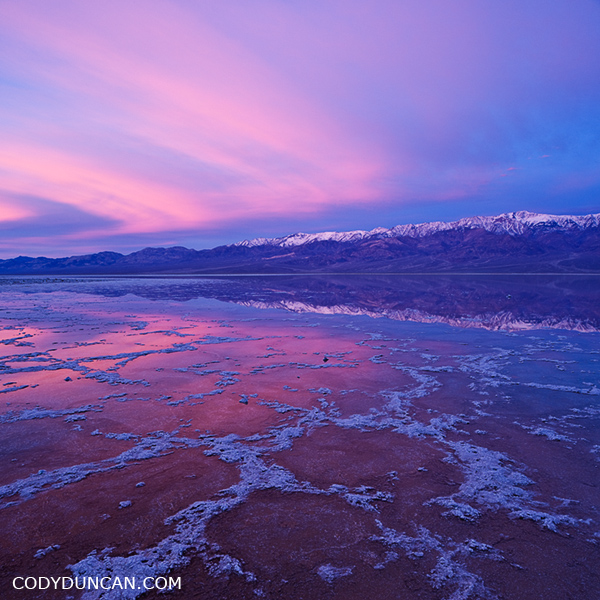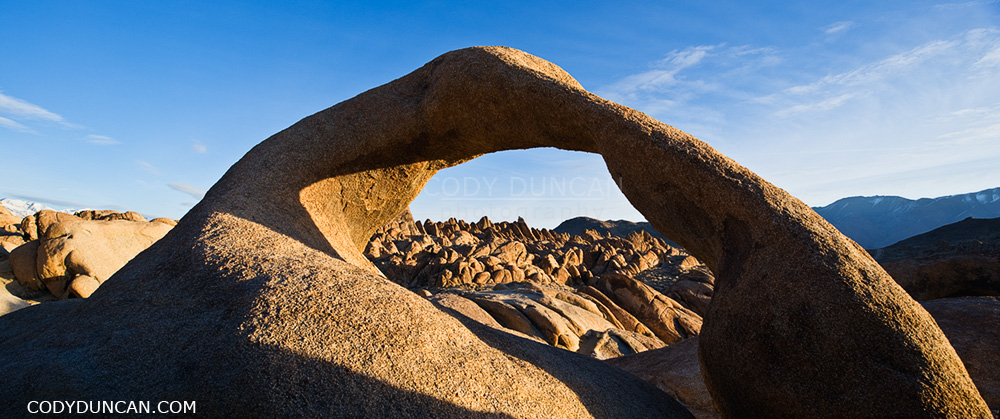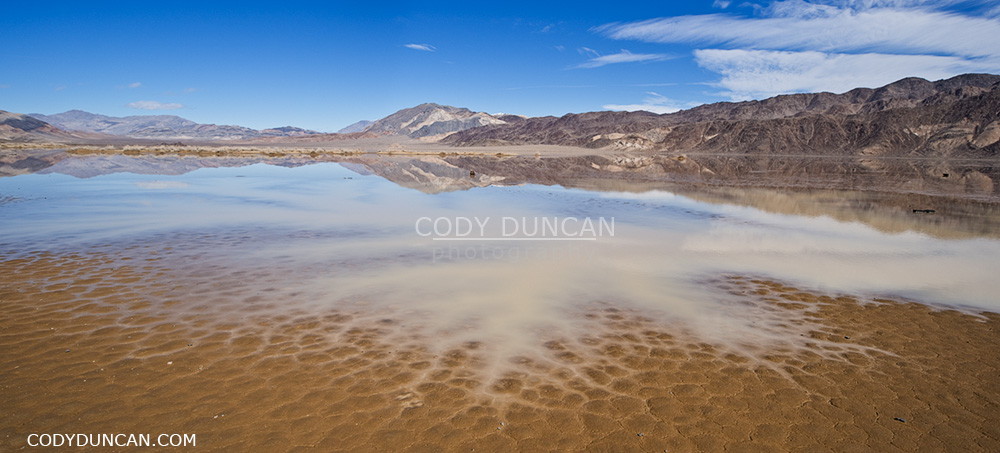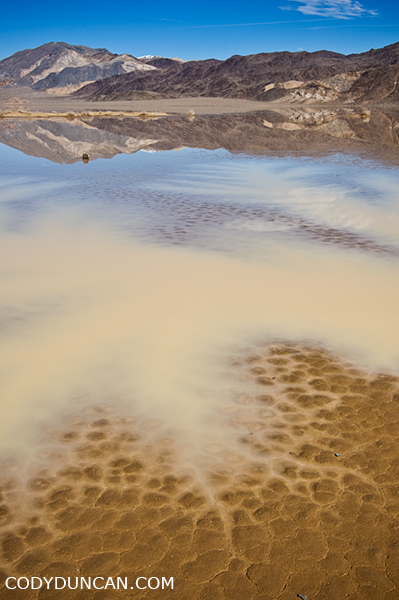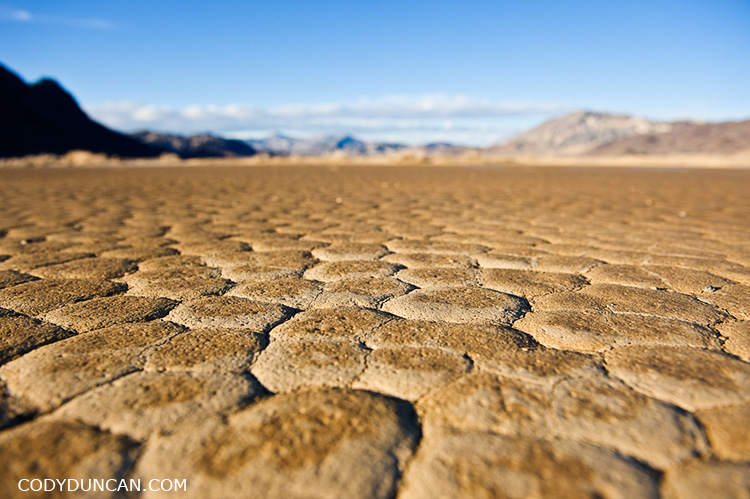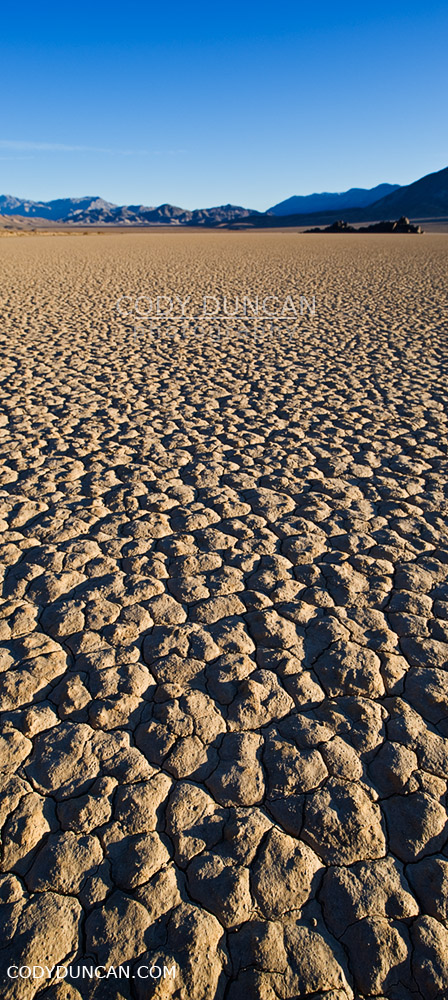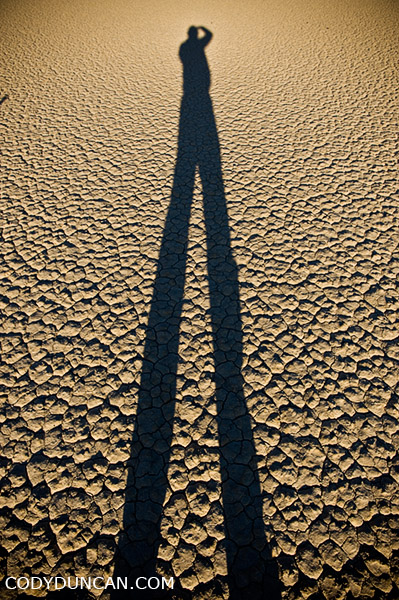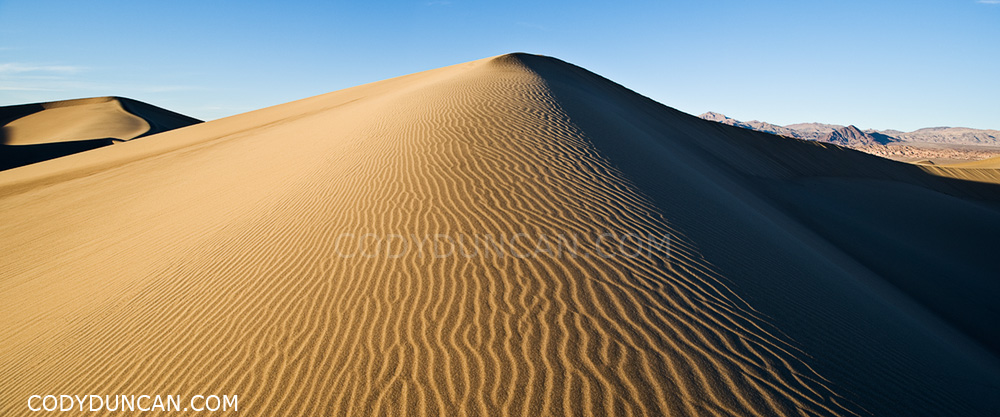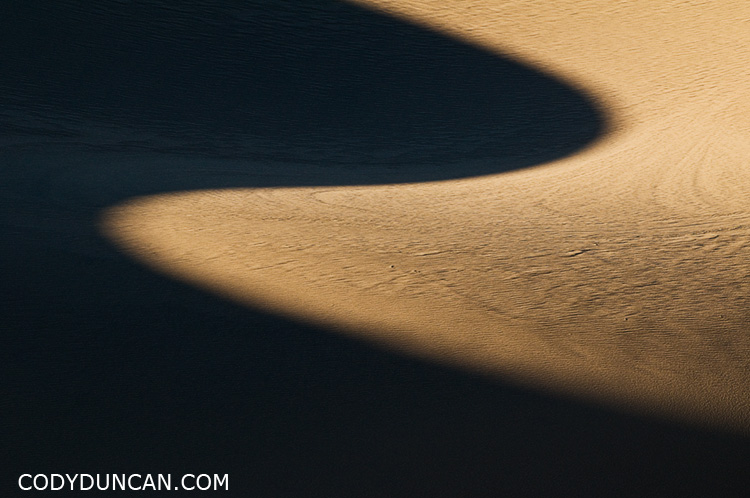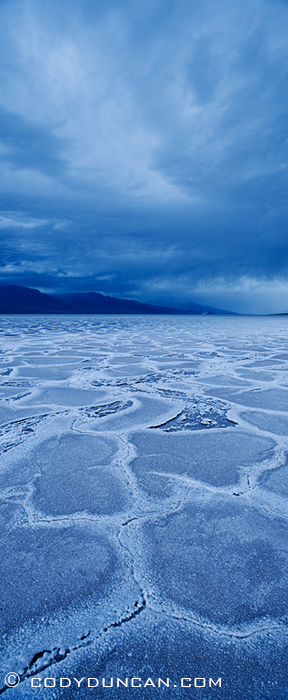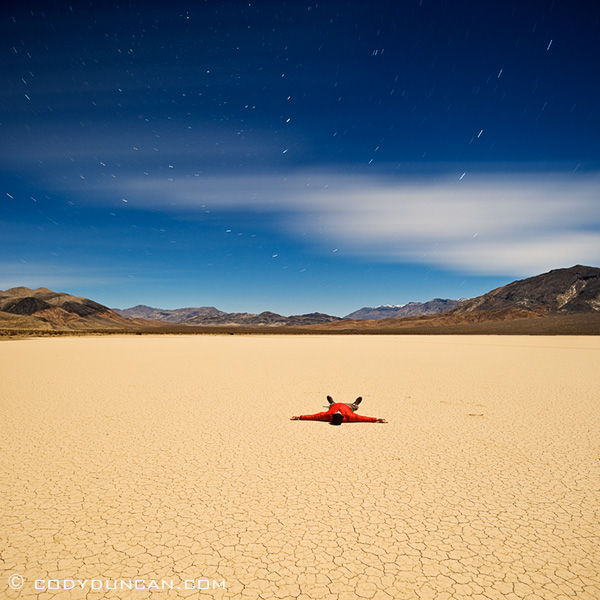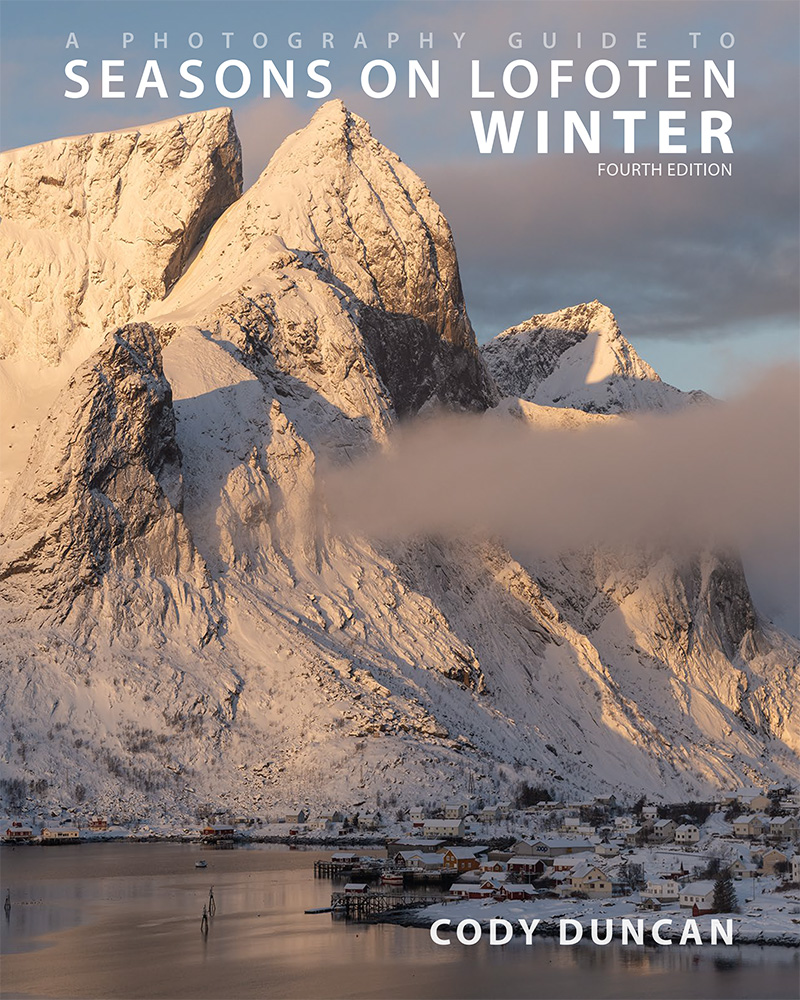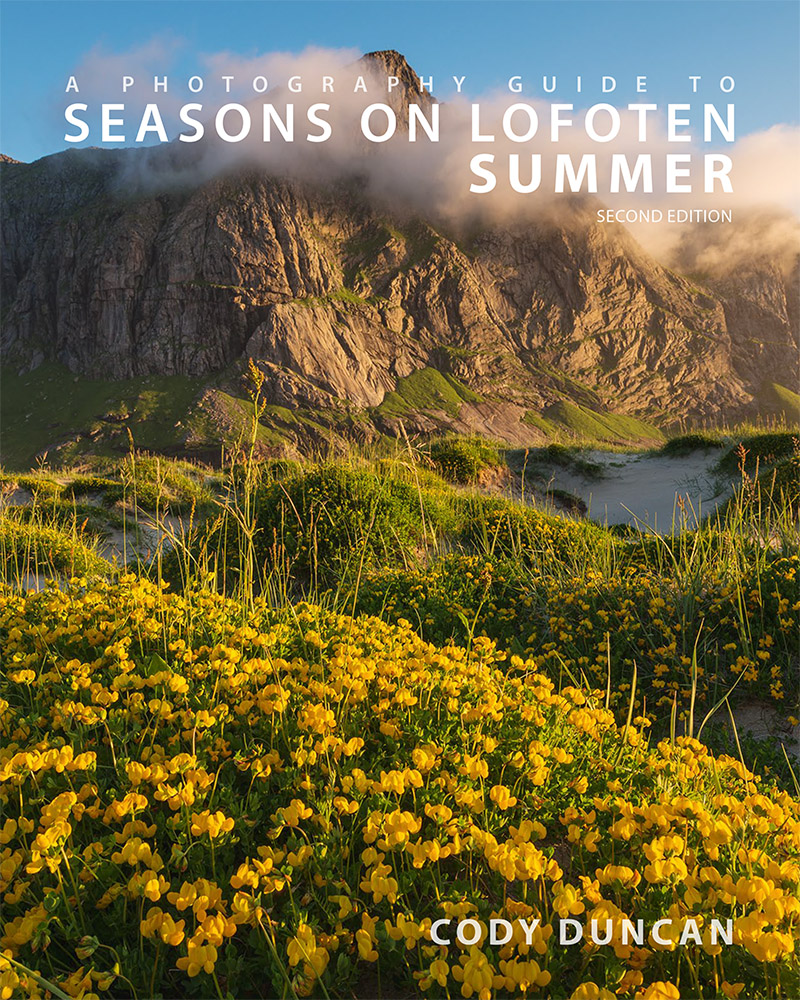Mojave Fringe-Toed Lizard

Mojave Fringe-Toed lizard on Kelso sand dunes in Mojave national preserve, California.
Shooting sunrises from 6:30-7:30am and sunsets from 6:30-7:30pm leaves a lot of hours of boredom in between. I don’t consider myself to be any sort of nature/wildlife photographer unless an easy opportunity presents itself; or in this case, I have nothing better to do. I had gone on a quick scouting trip out to the dunes and noticed all these little lizards cruising around, often allowing me to get fairly close. Cool, I think, I’ll go back and get my camera; better than reading in the back of my truck as the desert sun beats down and turns it into an oven.
By the time I return with a camera the lizards must have fully warmed up and switched into warp-speed mode, as I couldn’t get within 5 feet without them scurrying off into the distance. After about an hour I managed to find this guy who I could quietly sneak up upon. He was kind enough to let me grab a few shots before vanishing into the distance. I gave up after that.




